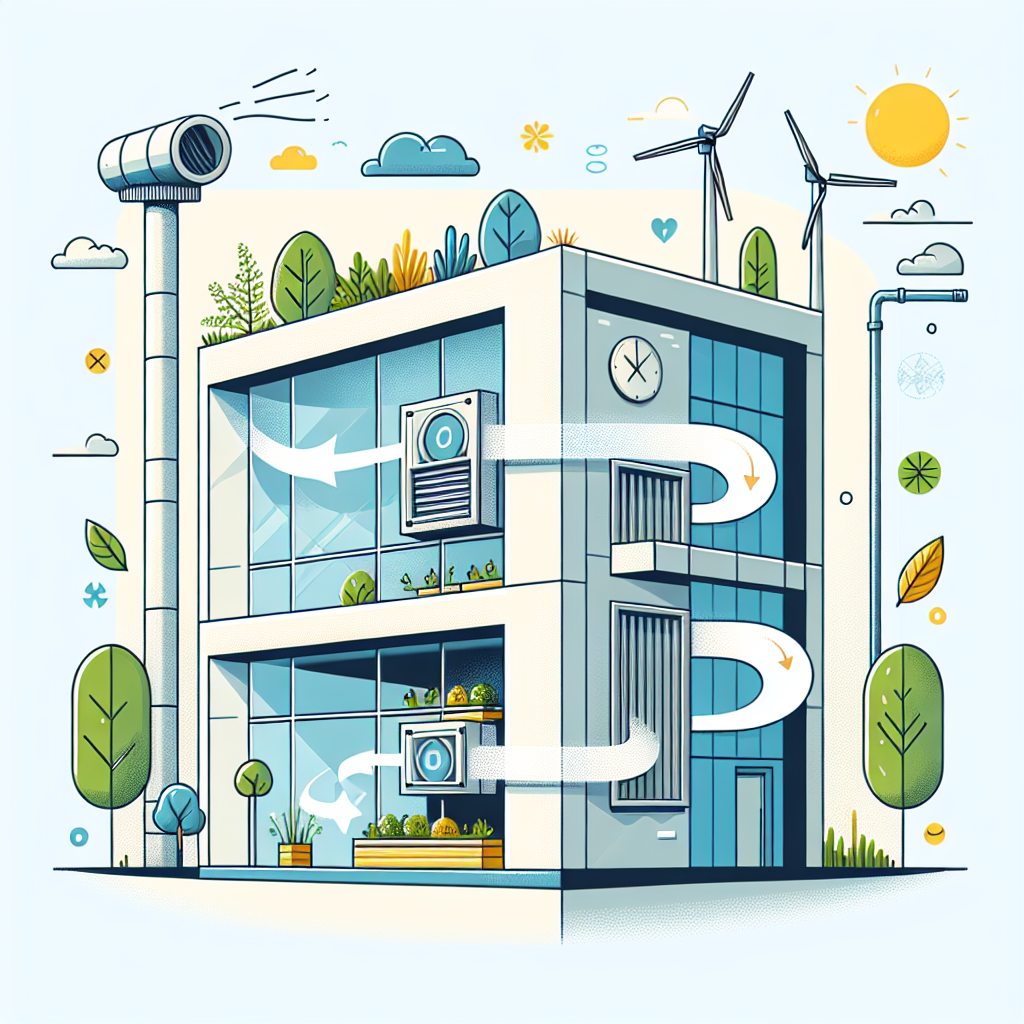Your cart is currently empty!
The Link Between Ventilation and Energy Efficiency in Buildings

When it comes to creating an energy-efficient building, many people focus on insulation, lighting, and appliances. However, one crucial element that is often overlooked is ventilation. Proper ventilation not only improves indoor air quality but also plays a significant role in the overall energy efficiency of a building.
Ventilation is the process of replacing stale indoor air with fresh outdoor air. Inadequate ventilation can lead to a build-up of pollutants, excess moisture, and unpleasant odors, which can negatively impact the health and comfort of building occupants. On the other hand, proper ventilation helps to maintain a healthy indoor environment by removing pollutants and regulating temperature and humidity levels.
One of the key ways in which ventilation can improve energy efficiency is by reducing the need for mechanical heating and cooling systems. By bringing in fresh outdoor air, ventilation can help to regulate indoor temperatures and reduce the reliance on heating and cooling systems. This can lead to significant energy savings and lower utility bills.
In addition, proper ventilation can also help to reduce the likelihood of mold and mildew growth, which can be a major issue in buildings with poor ventilation. Mold and mildew not only pose health risks to occupants but can also cause structural damage to the building. By ensuring adequate ventilation, building owners can prevent moisture build-up and create a healthier indoor environment.
There are several strategies that can be used to improve ventilation and energy efficiency in buildings. One common approach is to install energy recovery ventilation systems, which use heat exchangers to transfer heat and moisture between incoming and outgoing air streams. This helps to pre-condition the incoming air, reducing the energy required to heat or cool it.
Another effective strategy is to use natural ventilation, which relies on passive design features such as windows, vents, and skylights to bring in fresh air and remove stale air. Natural ventilation can be highly effective in moderate climates and can help to reduce the need for mechanical ventilation systems.
Overall, the link between ventilation and energy efficiency in buildings is clear. By ensuring proper ventilation, building owners can create a healthier indoor environment, reduce energy consumption, and lower utility costs. Investing in ventilation systems and strategies can have a significant impact on the overall performance and sustainability of a building.

Leave a Reply